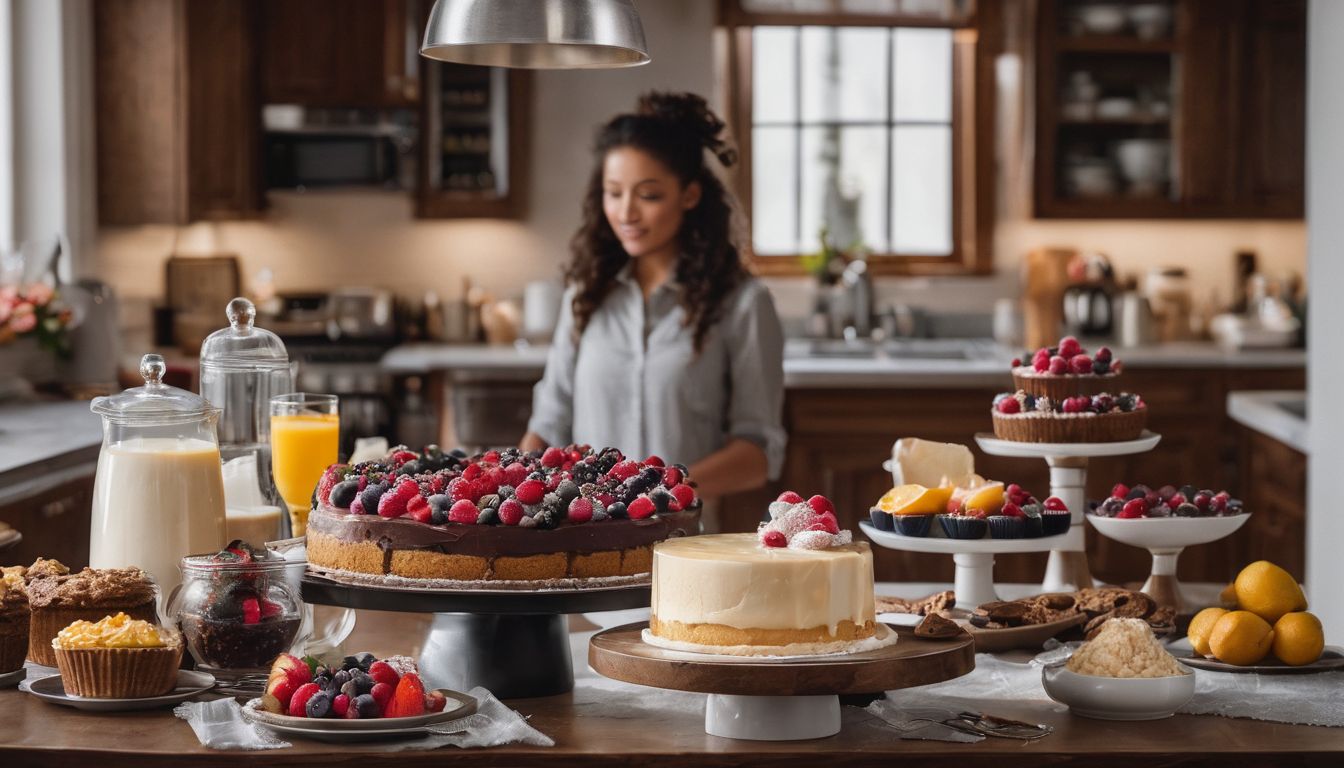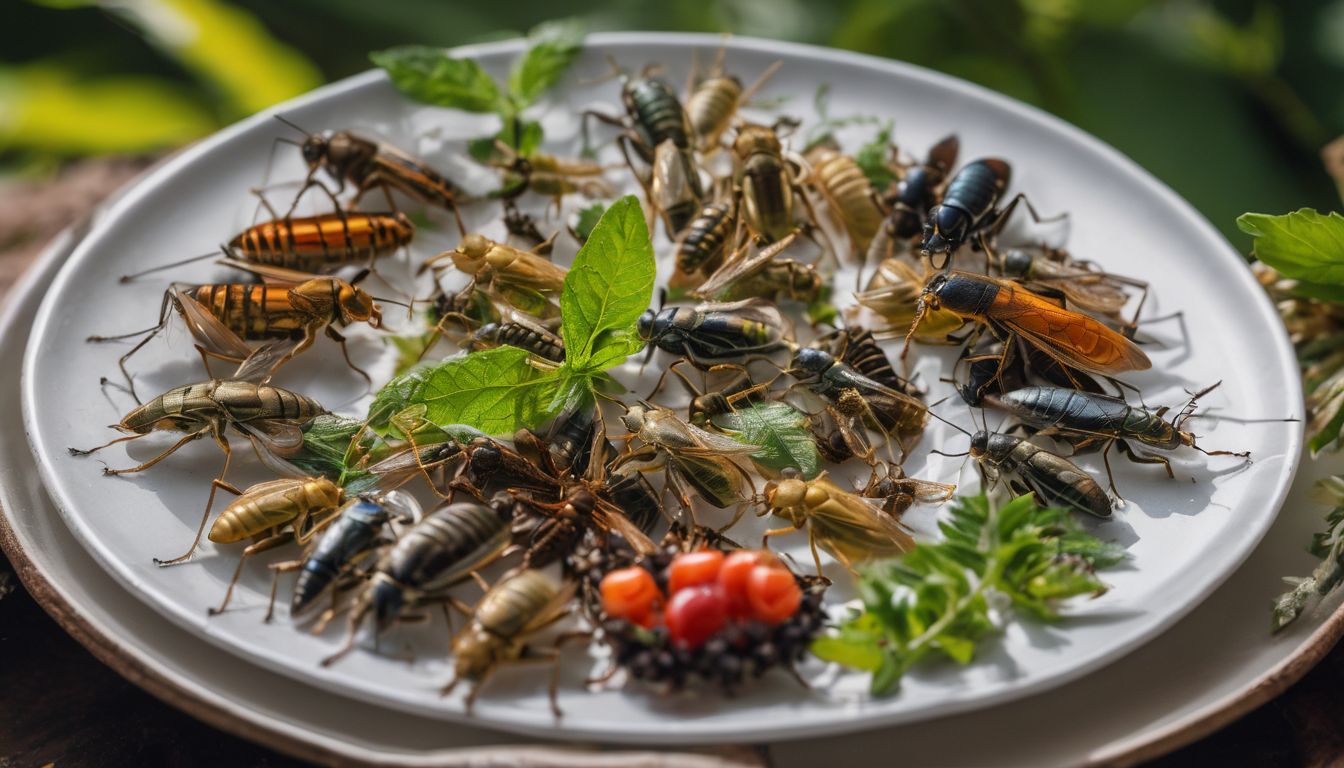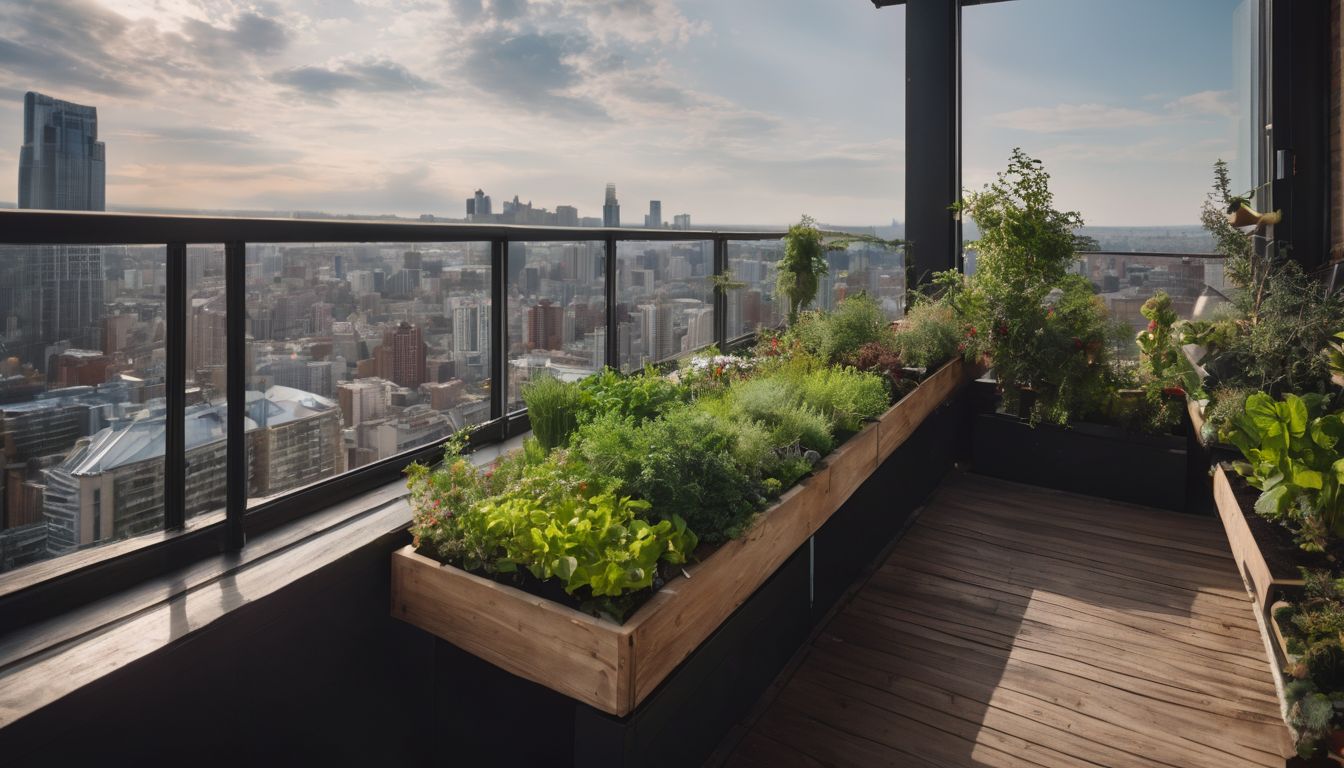When it comes to New Year’s resolutions, many people vow to give up sweets, having overdosed on sugar during the holiday season. Luckily for ice cream lovers, there’s a healthier (and simple) option – ice cream made out of bananas! That’s right, just bananas – no sugar, dairy, or preservatives. For that reason, this one-ingredient dessert is perfect to serve amongst friends with any range of dietary restrictions ☺
BENEFITS FOR THE ENVIRONMENT:
iI will admit that this recipe has a mixed impact on the environment. On one hand, it does not use dairy products. The United State’s dairy industry uses large amounts of electricity, fertilizers, and packaging. In addition, cows release carbon dioxide .1
On the other hand, the banana industry has its flaws as well. Most of the world’s bananas are grown on large-scale monoculture plantations that use this article !
BENEFITS FOR YOUR HEALTH:
Aside from the obvious lack of unhealthy ingredients in this recipe, bananas are extremely nutritious. As many of us know, they are packed with potassium, which is necessary for nerve and muscle function. One banana also contains about 15% of the daily-recommended amount of vitamin C, which boosts our immune system, improves cell health, and increases the absorption of other nutrients, such as iron. Surprisingly, bananas are also a great source for B-6 vitamins, which are usually found in animal products. B-6 vitamins are used to grow new cells, and one banana contains about 35% of your daily B-6 requirement. Bananas also contain manganese, which improves bone health and metabolism, and fiber, which improves digestive processes. Lastly, bananas are healthy sources of carbohydrates, which give our bodies energy.4
BENEFITS FOR ANIMALS:
Since this is a non-dairy recipe, animal lovers will be relieved to know that by eating banana ice cream, you are not supporting the questionable United States’ dairy industry. Most of our dairy is now produced at dairy factory farms, which are criticized for a wide variety of reasons.
First, because of the U.S. Food and Drug Adminstration’s (FDA) lack of resources, these dairy farms are only inspected every 10 years. Due to being spread thin, the FDA’s actions are often reactive, not preventative. Since inspections are few and far between, many farms can get away with unsanitary living conditions for their cows, causing high rates of bacterial udder infections. Not surprisingly, this infection is bad for the cows’ health. In fact, while domestic cows have an average lifespan of 20 years, dairy cows only live about four to five years before they can no longer be used for dairy production, and they are sent to slaughter. Drinking milk from infected cows is not good for our health either—cows with udder infections produce milk that is lower in potassium, lactoferrin, and casein.5
Furthermore, since cows are packed into such small spaces at these factory farms, farmers remove the horns from their dairy cows to maximize space and prevent injuries. The dehorning process is brutal – farmers use hot irons, saws, or metal clipping tools. While the U.S. beef industry breeds hornless cows to avoid this process, the dairy industry has not yet followed in their footsteps.6
In order to find cruelty-free dairy products, use the Eat Well Guide to find farms near you!7
Cost: Low
All you need is one banana. However, if you don’t already have a food processor or high-powered blender, the initial cost will be high.
Time and Effort: Low
Aside from waiting for the bananas to freeze, this recipe only takes five minutes to make!
Banana Ice Cream Recipe 8
Ingredients:
- 2-4 ripe bananas (frozen) for about one to 3 servings. I used 2 extra large bananas which resulted in two very good sized portions of ice cream.
- Optional: add-ins such as Nutella, honey, peanut butter, cocoa powder, vanilla extract, caramel sauce, etc.
Additional Materials Needed:
- Powerful blender such as a Vitamix, or a food processor
- Knife and cutting board or other surface suitable for cutting frozen banana pieces
- Airtight, freezer-safe container, or just a large freezer bag
Instructions:
- Ma`ke sure to use ripe bananas. You can put your bananas into a paper bag for several hours to ripen them.
- Peel the bananas and either place them directly into container or bag to go into freezer or cut them into coin-shaped pieces. The pieces should be all approximately the same size and around half an inch in thickness.
- Put whole bananas or pieces into a freezer-safe and airtight container or bag and leave them in the freezer for at least four hours. For best results, leave the banana in the freezer overnight.
- If you put whole bananas into the freezer then cut up into half inch thick pieces. If you already cut, then you can skip this step.
- Put the frozen banana pieces in a small food processor or powerful blender such as the Vitamix. If you use a blender, make sure it’s powerful enough to handle frozen bananas! (see photo #2)
- As you pulse the banana pieces, they will go through several stages. First, they will look crumbly. Then, they will look gooey. Finally, they will transform into a soft-serve ice cream texture.
- If you use the Vitamix make sure not to over-blend and use the tamper tool to help mix along the banana pieces as quickly as possible. As with other Vitamix frozen recipes, as soon as you see the four mounds form you are done and should turn off the machine immediately!
Photo #2, credit www.wordpress-837916-4114959.cloudwaysapps.com - Add any extra ingredients, such as peanut butter, and pulse for a few seconds extra.
- You can eat the ice cream right after it’s done in the food processor (it will be relatively soft). Or, you can put it back in an airtight container and freeze it until it’s solid.
- Enjoy☺




